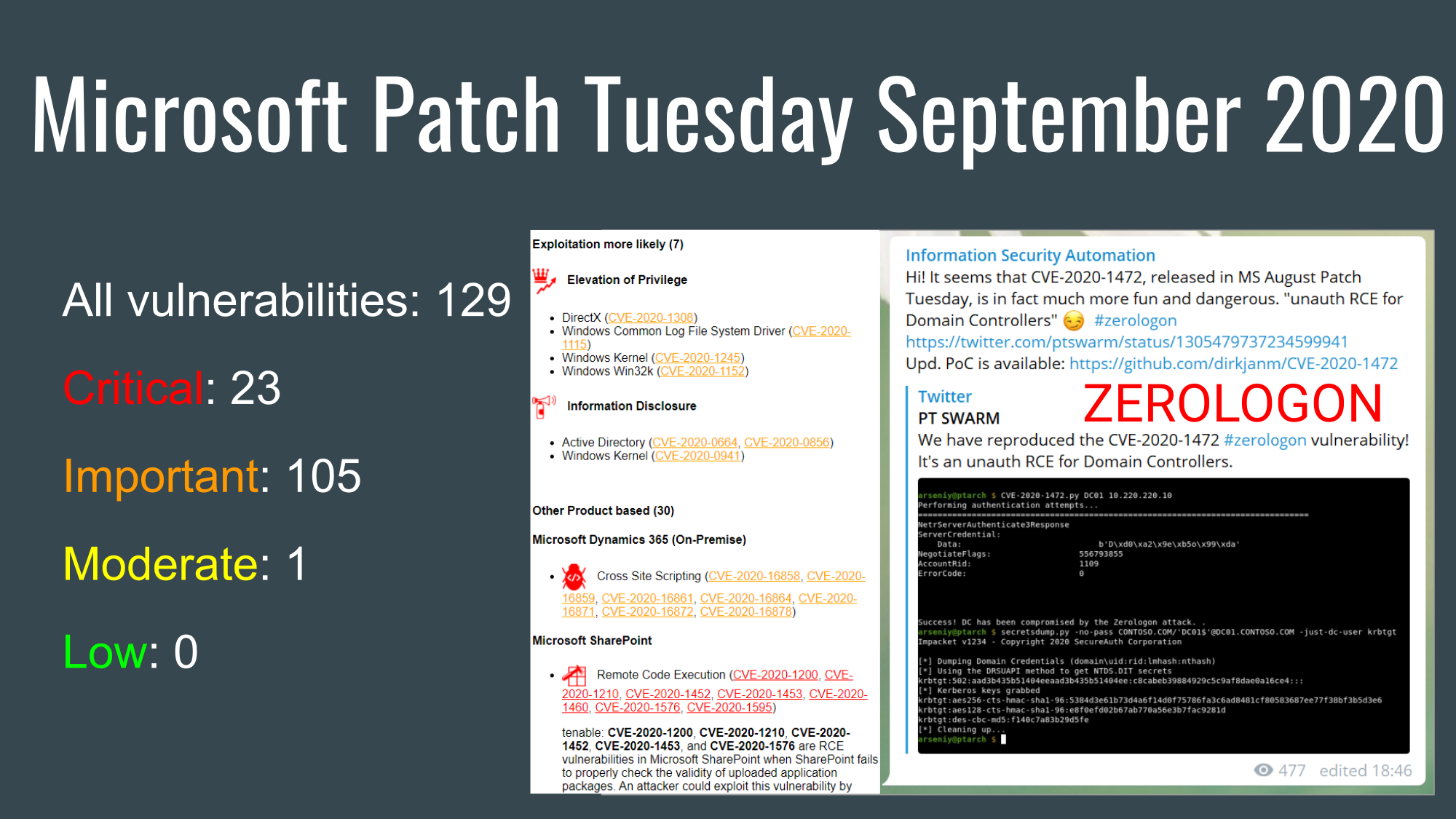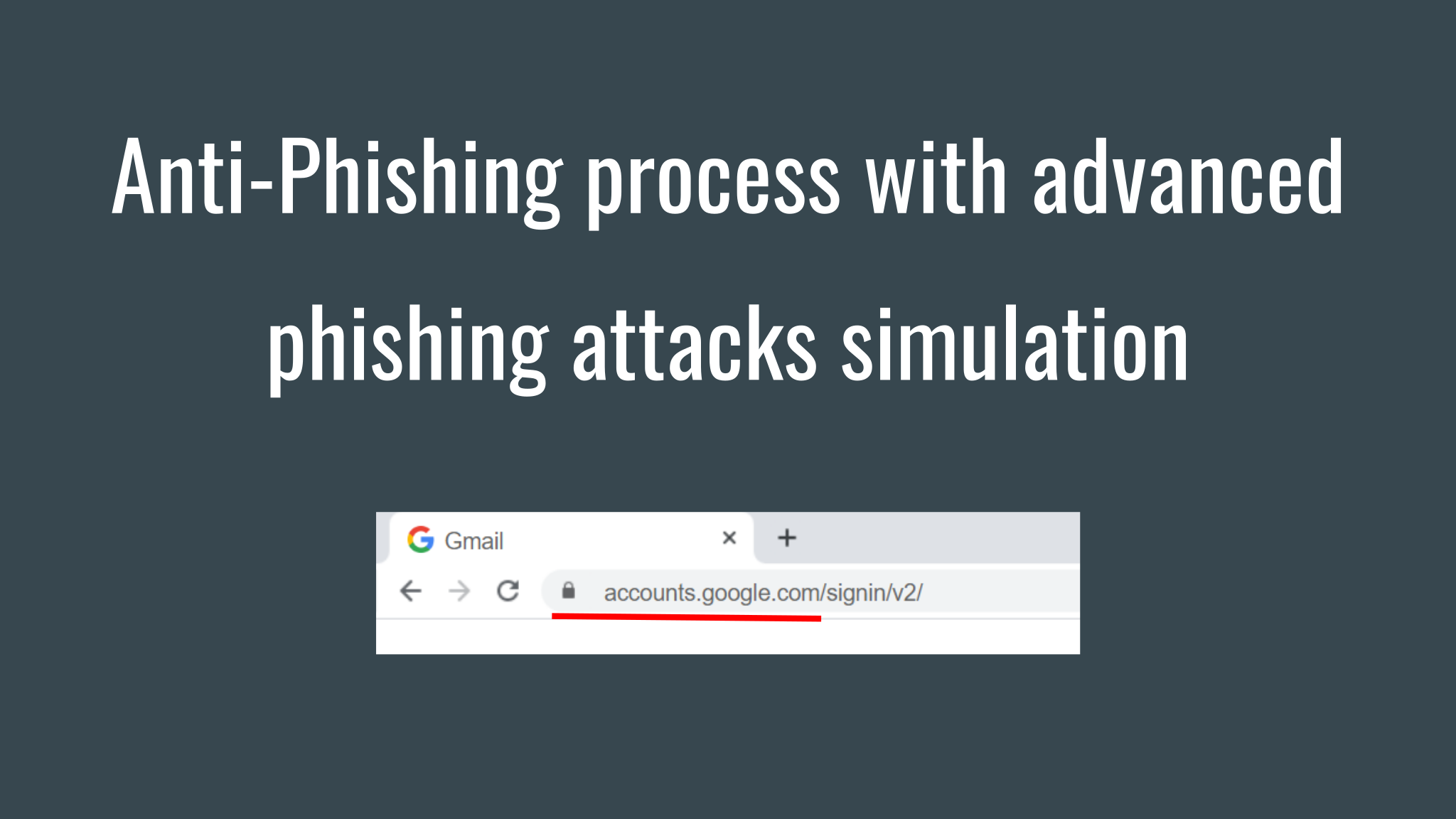Nessus Essentials with offline registration and plugin updates. In this episode, I would like to talk about Nessus Essentials and, in particular, how to register and update it without direct internet access. Nothing complicated, but there are a couple of pitfalls that I would like to share.

Let’s say you need to scan a host in a critical autonomous segment where Internet access is strictly prohibited. In such scenarios, Nessus Essentials is really suitable. It is a fully functional network vulnerability scanner with a good vulnerability knowledgebase. It can be registered and updated offline! And most importantly, it’s free even for corporate use! There is, of course, a 16 IP addresses limit, but in this case it is not really important.






